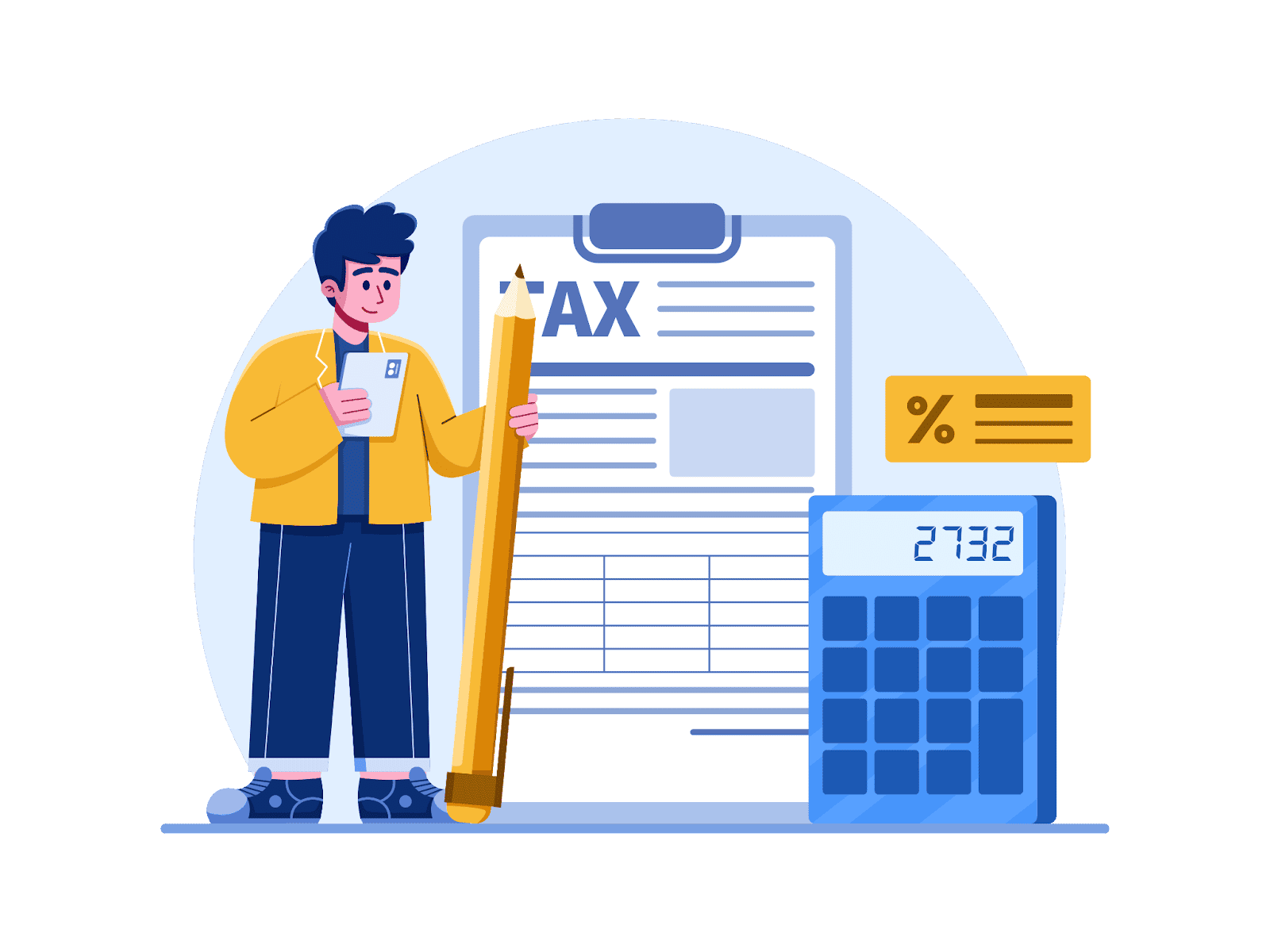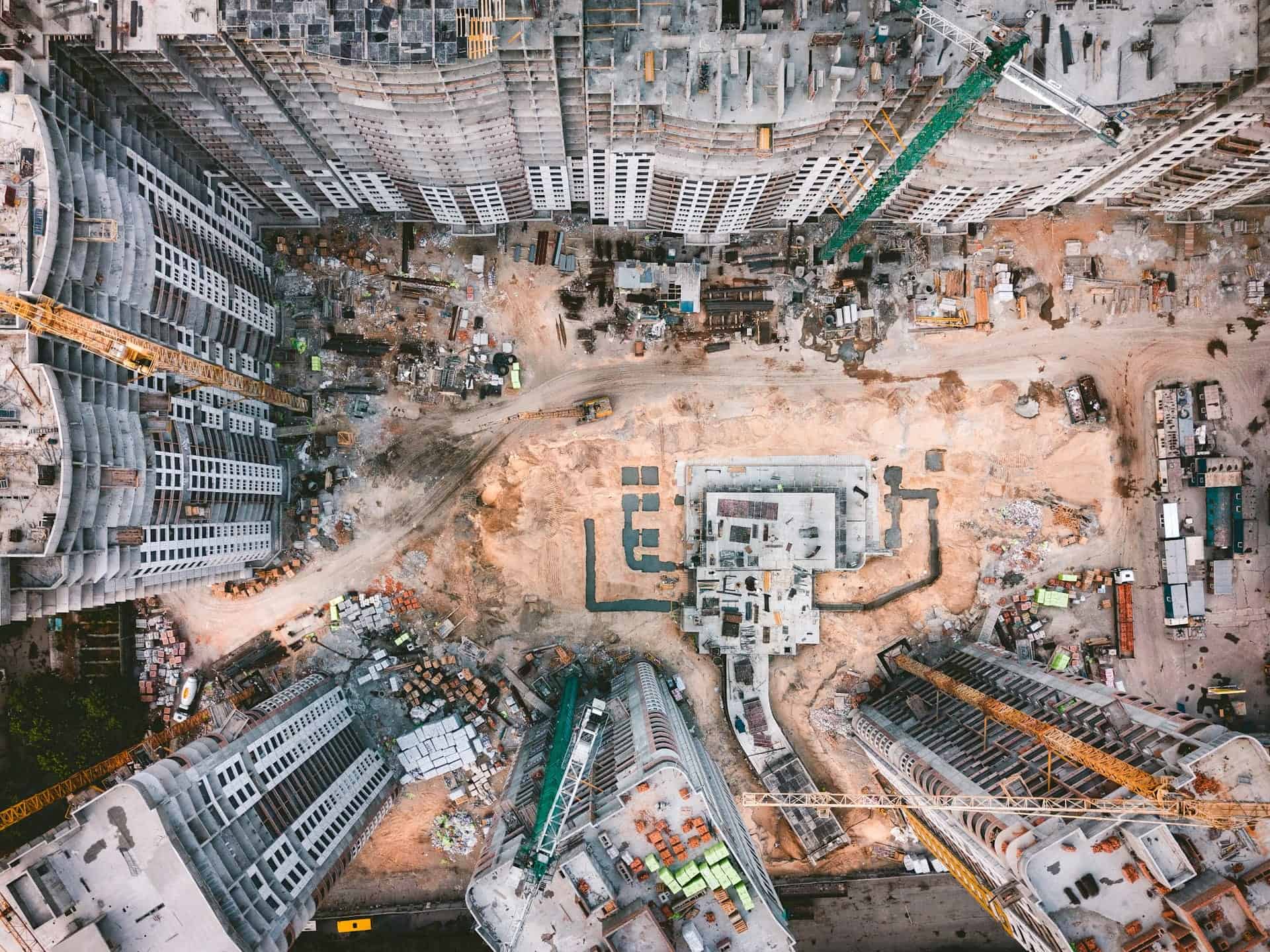What is Negative Gearing Australia?
As you embark on your investment journey, choosing a strategy that aligns with your financial goals is crucial. Your strategy can impact your tax obligations, property holding period, location, and many other factors.
There are also countless strategies to choose from, each with their own benefits and drawbacks, and you can implement more than one technique to optimise your position. For example, you might select a buy-and-hold strategy coupled with negative gearing.
While the buy-and-hold strategy is relatively straightforward, negative gearing is slightly more complex. It does, however, offer a series of potential tax advantages, so it’s worth considering the pros and cons of this approach.
In this article – What is negative gearing Australia – we’ll dive into the concept of negative gearing, explore its benefits and drawbacks, and help you decide if it’s a suitable strategy for your rental property goals.
What Does a Negative Gearing Investment Property Strategy Entail?
Negative gearing is a popular investment strategy in Australia, particularly in the real estate market.
Essentially, negative gearing involves borrowing money to invest in an asset (such as property) to generate income and capital gains in the long term. With this strategy, the income you generate from the investment is typically less than the interest and other expenses incurred to hold the asset, resulting in a net loss or negative cash flow.
While this may sound counterintuitive, it does have some lucrative tax advantages.
Any net rental loss you incur during the financial year can be offset against other income, such as your salary, which can help reduce your taxable income and the amount of tax you must pay to the Australian Taxation Office (ATO).
Consequently, the tax benefits of negative gearing make it an attractive strategy for investors looking to minimise their income tax liabilities.
Consequently, the tax benefits of negative gearing make it an attractive strategy for investors looking to minimise their income tax liabilities.

Negative Gearing Australia: Case Study Example of How Negative Gearing Works
Let’s say Sarah purchases an investment property for $600,000 using a loan of $500,000.
Her annual interest payments and additional expenses associated with owning the property, such as council rates, maintenance costs, and insurance, total $33,000 annually.
She’s renting out the property for $26,000 annually, resulting in a net rental loss of $7,000 ($26,000 – $33,000). Since Sarah’s net rental income is less than the expenses she incurs, she has a negatively geared property, and she’s operating at a loss of $7,000.
However, this net rental loss can be offset against other taxable income, such as her salary or wages, and she can benefit from a tax refund. So, if Sarah’s salary is $80,000 annually, she can reduce her taxable income to $73,000 by offsetting the $7,000 loss against her salary.
While she’s still operating at a loss in the short term, she hopes the property’s value will appreciate over time, and she’ll eventually sell it for a profit. This is the essence of negative gearing as an investment strategy, with the aim of realising long-term capital gain.
What are the Drawbacks of Negative Gearing Australia?
While negative gearing can offer tax benefits, it has drawbacks. For one, running at a loss means paying out of pocket to cover the expenses of owning the investment property.
This can be a significant financial burden, particularly if you’re not generating enough income from other sources to offset the losses. As with any investment strategy, you must carefully consider if you can afford to take on this level of risk.
Another potential drawback of having negatively geared investment properties is the reliance on capital gains to realise a profit. While property values may increase over time, there’s no guarantee that this will happen. If property values remain stagnant or decrease, and expenses like interest rates continue to rise, you may be unable to recoup your initial investment, let alone make a profit.
So, you need to have a risk management strategy in place to mitigate any potential losses, which could include diversifying your investment portfolio and seeking professional advice from a financial advisor or real estate expert.

What Can You Do to Reduce Your Taxable Income Further?
While negative gearing can be a useful tool for reducing your taxable income, you must also consider how to complement it with other tax reduction strategies as part of your overall property investment strategy.
Tax deductions are a key way to reduce your taxable income and can be particularly useful when coupled with negative gearing (or even positive gearing). For example, claiming legitimate expenses associated with your investment property, such as property management fees, repairs and maintenance, and even travel expenses, can significantly reduce the personal income tax you must pay.
Depreciation is another important factor to consider. It allows you to claim the decline in value of your investment property over time, which can be a substantial tax deduction.
You may be interested in learning more about how Duo Tax has helped investors benefit from depreciation with these case studies.
However, the rules surrounding depreciation can be complex, so you should consult a quantity surveyor and order a tax depreciation schedule to ensure you claim everything to which you’re entitled.
Key Takeaways
Investing in property can be a great way to build wealth over the long term, and there are many strategies that you can use to improve your return on investment.
Negative gearing Australia can be a powerful investment strategy for property investors looking to reduce their taxable income and improve their overall financial position. While it does come with some inherent risks, particularly around the possibility of running at a loss, you can complement it with other tax reduction strategies like tax deductions and depreciation.
With the help of qualified professionals like accountants and Quantity Surveyors, you can ensure that you maximise your tax benefits and achieve the best possible return on investment.
Ultimately, the key to success with negative gearing is to carefully weigh up the pros and cons and make an informed decision based on your own personal circumstances and investment goals.
If you want to learn more about how Duo Tax can help you with a depreciation schedule, contact us today.

Ready to get started?
Talk to one of our friendly property experts to get a free quote or more Information.










